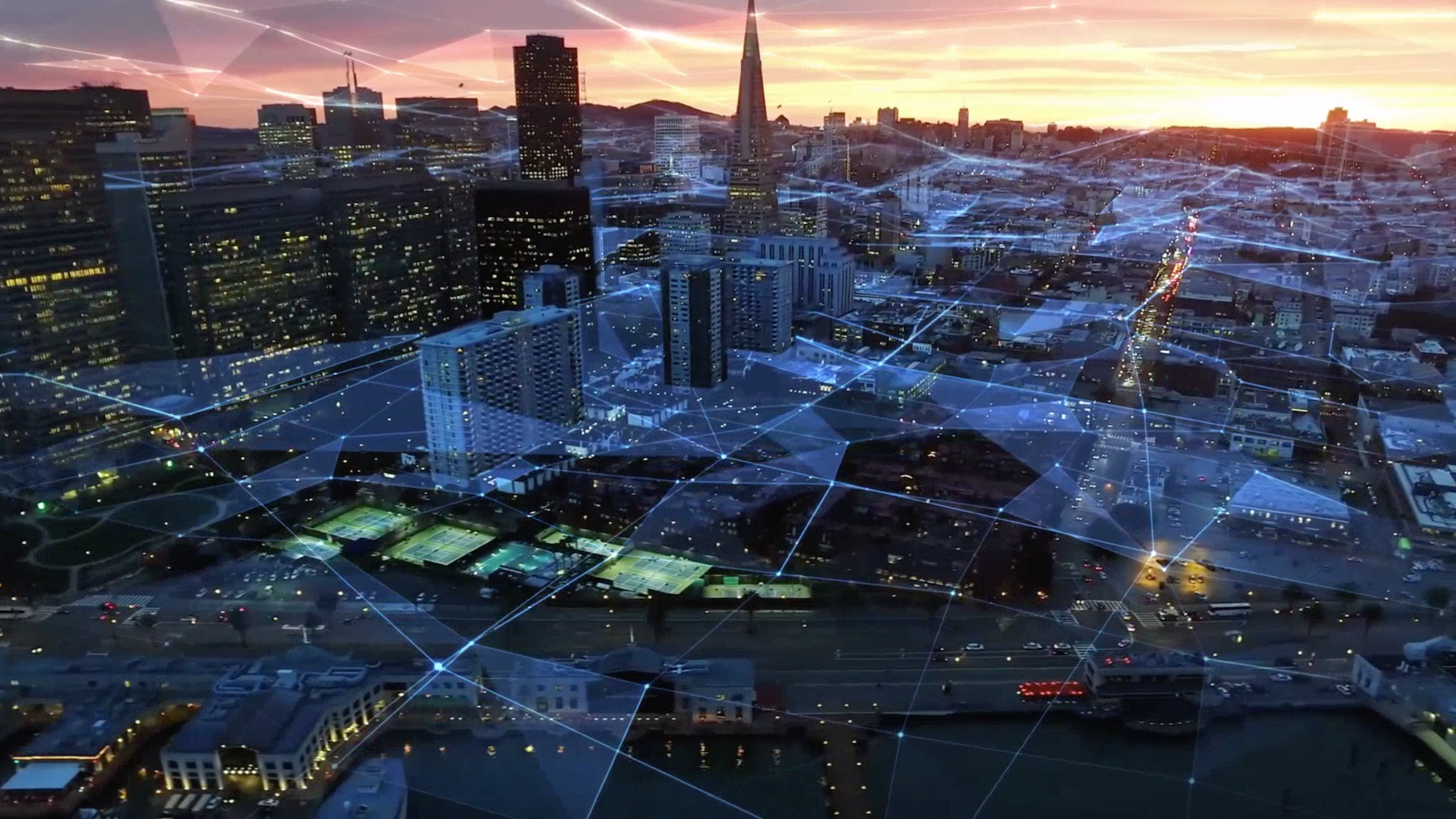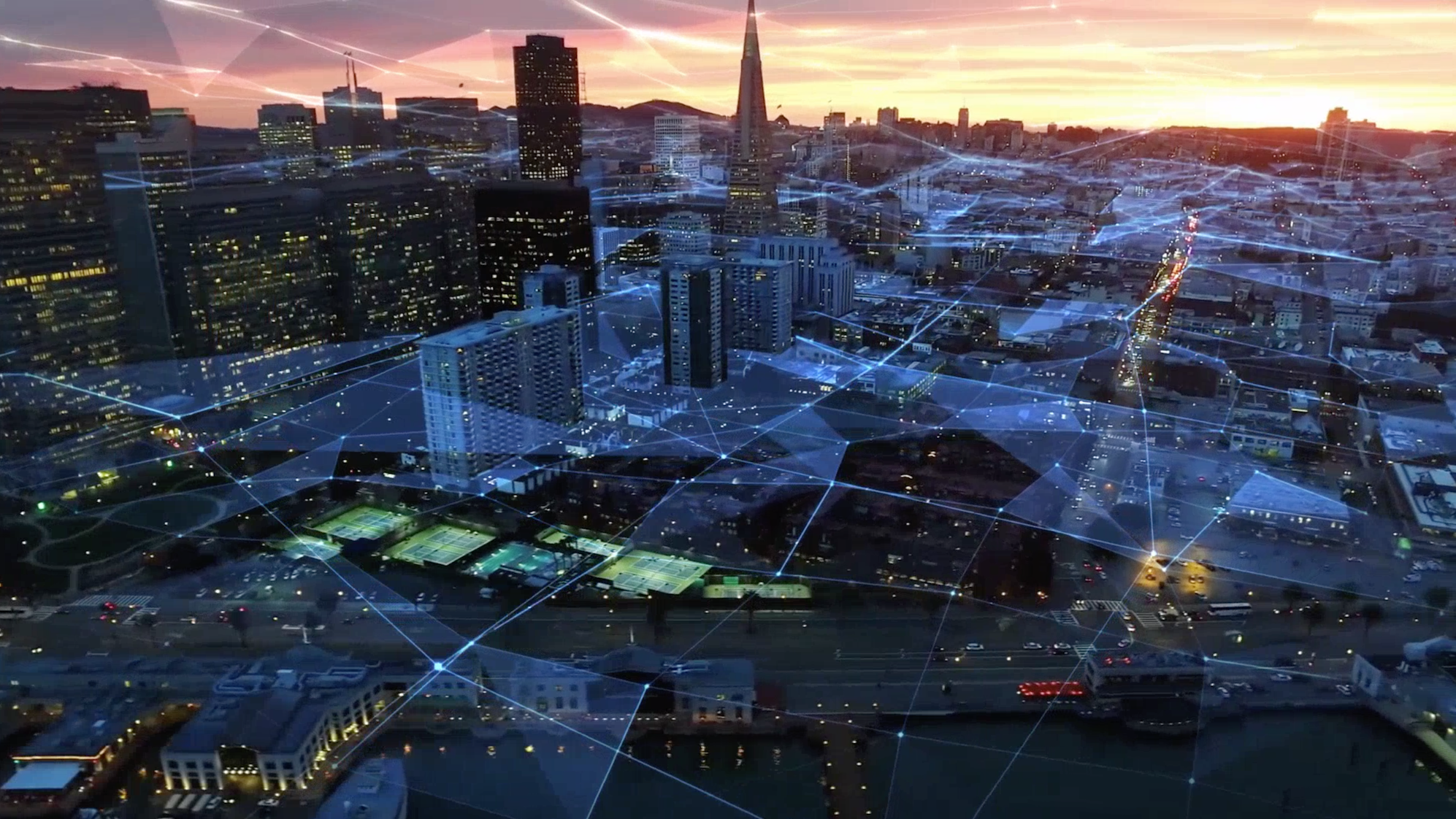
Contents
The world of work is changing faster than most realize. We see that the frontline organizations need to include all employees, in our case, the primary target group, deskless workers, to be part of the entire organization to create a higher value. Enterprises are increasingly influenced in adopting modern digital workplaces as they think about the Future of Work. According to a new market research report,(1) the Digital Workplace Market is expected to grow from USD 13.4 billion in 2018 to USD 35.7 billion by 2023. The Deskless Workforce is around 2.7 billion people. We need to find a better way.
But What is Digital Workplace?
There's much confusion about what the digital workplace is. So, let’s first get that straight. A digital workplace isn't an intranet 3.0-X.X. "The digital workplace is more than tools, technology, or a single technical setting you turn on in your organization. It's a new way of working that empowers employees with freedom of operation, to be more efficient and productive." Gartner defines the digital workplace (2) as “an ongoing, deliberate approach to delivering a more consumer-like computing environment that is better able to facilitate innovative and flexible working practices.”
Inphiz redefines the Digital Workplace as DIGITAL WORKSPACE. It states that a digital workplace is not a place but space which means that employees can access any device using mobiles, assistants, or wearables to get connected. All of this needs to be a part of the marketplace of future API-economy.

Bringing consumerization into the workplace
More than 70% of employees around the world work remotely at least once a week. Forbes(3). They are forced to remember numerous logins as they switch between applications—not to mention when they waste searching across locations for information. With new work styles and complex IT environments, it’s increasingly frustrating for people to get work done productively. Employees are looking for consumer-like experiences to match technology in their personal lives, with greater flexibility on where and how they work.

Digital workspace puts consumerization in the workplace by changing how businesses operate, collaborate, and record and share information by providing a UNIFIED, secure, and intelligent workspace. The unified communication and content collaboration from legacy process systems, O365 into ONE power workspace, allows employees with FREEDOM OF OPERATION to work with single access anywhere, anytime, and with any device.
The unified communication and content collaboration segment is expected to hold the largest market size in the global Digital Workplace Market by 2023. (4)
Here is how you can VISUALIZE the digital workplace that will change dramatically the way employees work
- Digital workspace will go beyond traditional business landscapes to optimize operations and empowers all from the field & remote workforce to the C-suite, bringing agility, transparency and openness into the system. It will increase responsiveness to business needs by providing innovative and quick solutions to fix customer's problems.
- Combining financial and HR data to create the workday will give the employee a seamless experience. From the boardroom to the executive team and the first-line workers, every employee will be engaged and empowered.
- Enabling a high degree of workforce autonomy in decision-making, open and transparent communication around KPI will boost overall enterprise competitiveness.
- An enterprise omnichannel experience will empower employees with 360-degree engagement with the information, data, and tasks to become more productive.
We know enterprise needs to change. But, here are some UNCOMFORTABLE TRUTHS
- 90 percent of IT decision-makers believe legacy systems are holding their organizations back from deploying digital technologies. (5)
- 91 percent of CIOs feel pressured to cut IT department cost (6)
- 53 percent of CIOs says security concerns are stopping them from new technologies that employee wants (7)
- 83 percent of CIOs think to shadow IT (use of non-native IT systems and platforms) will increase in frequency over the next two years. (8)
Change before you have to
Adopting a digital workplace will not disrupt your existing system, but rather, it will renew & amplify your existing technology. It will provide employees with a unified experience that connects across silos.
Here's a look at some of the up-and-coming trends for the digital workplace.
Trend 1: Smart Hub, Not HQ’s
In the future of work, the enterprise will be inclined to create smart spaces for collaboration ‘HUB’ and not headquarters and shift away from the thick walls of hierarchy. More than anything, leaders, and companies will focus on making their spaces more conducive to the modern digital worker who is Millennials, supports flat organization structure, open culture, giving employees quicker access to information they need. And making them feel more connected to the mission and co-workers.
Trend 2: Freedom of Operation
Employees always use multiple tools to get work done. And it’s frustrating when you realize that you can’t access a link or file, as can be the case with legacy IT systems. In the future of work, it’s important to enable this flexibility by adopting a unified approach through the aggregation of enterprise data and apps. With API-ECONOMY, employees can have the freedom of operation, and it is also the new CIO/CTO dream to change fast and adopt employees to core services. The tools we use in the workplace of the future will have integration built-in from the start.
Trend 3: Mobile Only (First)
The mobile revolution has inspired a giant shift in the way people communicate. Mobile stats speak for themselves. Mobile penetration is at 84 percent in Europe, 80 percent in the US, and 66 percent in the Asia Pacific(9). The next generation of workers will be tied to their mobiles or tablets, not their desks. That means we need experiences that are simple to perform on the go.
Trend 4: Employee centric experience
The shift from a customer-centric to employee-centric experience will redefine the business strategies from the ground up. The digital workplace will take the employee experience (EX) to a whole new level, from siloed office floors filled with hundreds of dull, lifeless cubicles to a collaborative, engaging, and empowering environment. With an intelligent workspace solution, employees will experience streamlining of complex processes into single-purpose workflows.
It is vital that ‘work of the future,’ technically, should be renamed to ‘work of the now’ and should be viewed as an opportunity to introduce a new way of working that empowers employees and enterprise.
Conclusion
The future of work is anywhere, connected & digital. The modern Digital workplace is setting a stage for a more collaborative, transparent, democratized work culture. It’s an incredible opportunity to change how people work, how companies work, and ultimately even how economies work. We're currently at a crossroads where organizations must consider how they bring freedom of operations of FUTURE to NOW. The question we should be asking is not 'What will the digital workplace look like?' but 'How & How fast can we get there?
Stay tuned for our next article...
Inphiz core is to work on developing tools for more efficient workplaces for non-desktop employees. The business idea revolves around connecting managers and employees, by offering branded corporate tools for better communication and transparency in work and create engagement around the competencies and work experience. Inphiz also facilitate the management of onboarding data also approval of company policies and code of conduct so all managers together with the employees rapidly know that they have 100% compliance and follow the regulations.
Do you want to know more about how you can create better workplaces for non-desktop employees thought Inphiz? Contact empower@inphiz.com for more information.
References
- https://www.prnewswire.com/news-releases/digital-workplace-market-worth-35-7-billion-by-2023---exclusive-report-by-marketsandmarkets-300796482.html
- https://www.information-age.com/time-now-get-grips-digital-workplace-and-manage-consumerisation-gartner-123458214/
- https://www.forbes.com/sites/louisefron/2018/10/14/three-future-workplace-realities-you-must-be-prepared-for/#79bb40f8500e
- https://www.marketsandmarkets.com/ResearchInsight/digital-workplace-market.asp
- https://www.zdnet.com/article/how-should-cios-deal-with-legacy-technology/
- https://www.technative.io/how-cios-can-make-2018-their-most-successful-year-yet/
- https://www.pwc.com/gx/en/ceo-survey/2017/pwc-ceo-20th-survey-report-2017.pdf
- https://www.cio.com/article/3215132/how-to-harness-the-power-of-shadow-it.html
- https://www.gsma.com/